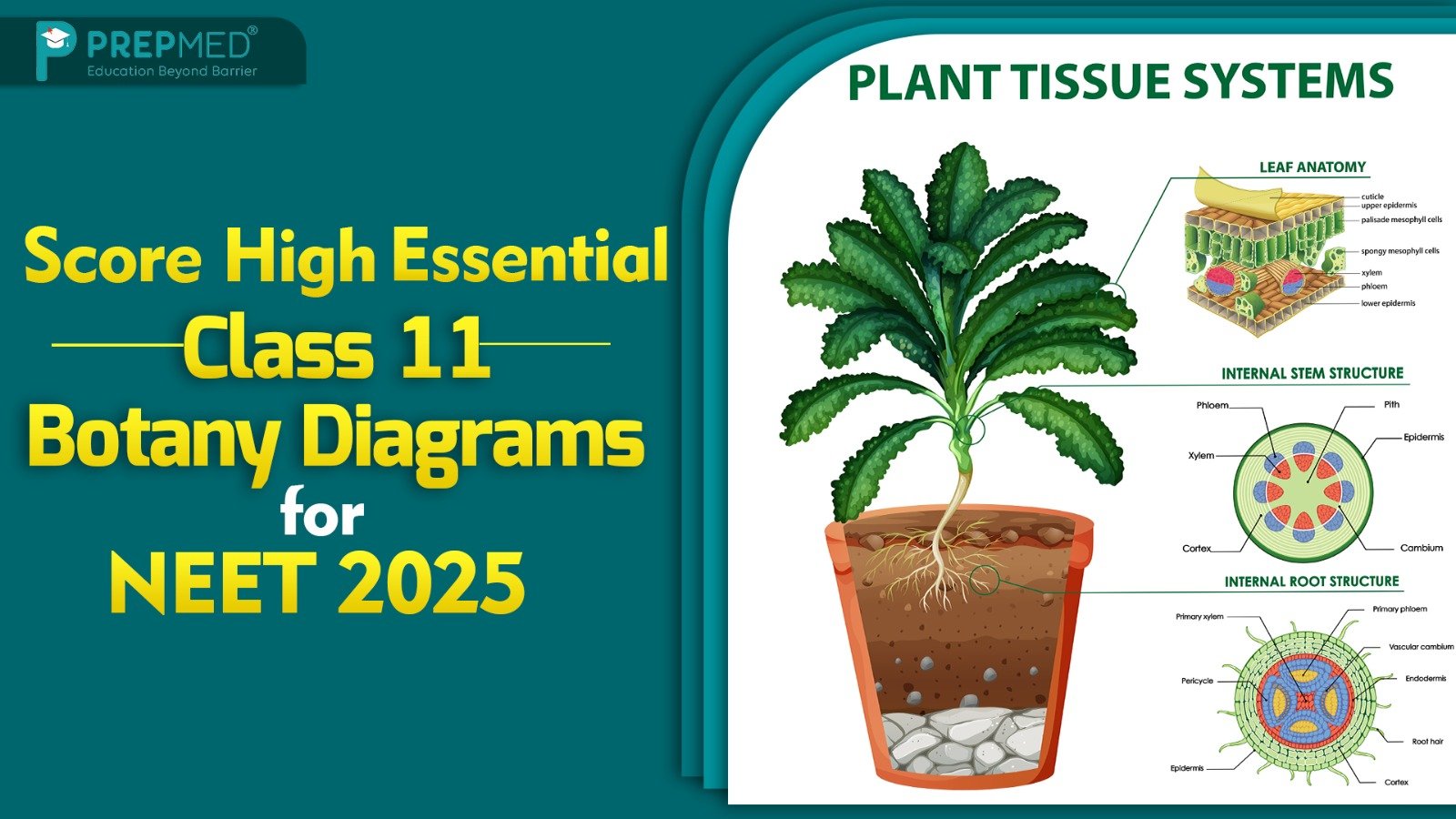May 03, 2025
Score High: Essential Class 11 Botany Diagrams for NEET 2025
A deep understanding of Class 11 Botany key concepts, in combination with masterful diagram knowledge, will boost your potential for success in the NEET 2025 exam. Diagrams are an integral part of the NEET syllabus, as they help visualize complex biological processes and structures, making it easier to retain information and apply it during the exam.
Class 11 Botany consists of essential topics such as plant physiology, cell structure and morphology, photosynthesis, respiration, and animal physiology, which include diagrams for NEET 2025 exams. Understanding and accurately drawing these diagrams not only helps in scoring well in the practical sections but also boosts your theoretical answers. Students preparing for NEET 2025 must master diagrams such as flower structure, together with leaf internal structure and the double fertilization process, to score well in the exam.
This guide provides information about Class 11 Botany diagrams along with instructions for studying and drawing them efficiently. The practice of these diagrams enables better retention of the important concepts, so students can boost their NEET 2025 exam scores. Your performance in the NEET 2025 examination will improve by devoting consistent focus to these essential diagrams.
Important diagrams from Botany of class 11
The NEET Biology section serves as an essential component of the National Eligibility cum Entrance Test (NEET) that enables students to enroll in Indian medical and dental programs. The Botany portion consists of 45 questions with numerous questions directly referencing the Class 11 Botany diagrams that can be found in the NCERT textbooks. These are the important chapters from Class 11 Botany, which contain essential diagrams that appear in the NEET 2025 exam:
- The Living World
- Biological Classification
- Plant Kingdom
- Morphology of Flowering Plants
- Anatomy of Flowering Plants
- Cell: The Unit of Life
- Cell Cycle and Cell Division
- Plant Physiology
Why are practicing diagrams in Botany important?
- Because Botany constitutes a vital portion of the NEET 2025 exam, one must fully understand and master all relevant diagrams in NEET Class 11 Botany.
- Because Botany constitutes a vital portion of the NEET exam, one must fully understand and master all relevant diagrams in NEET Class 11 Botany.
- Complex plant structures become easier to understand through visual representation. The Class 11 NCERT textbooks provide numerous useful diagrams that facilitate conceptual understanding of these concepts.
- Learning these diagrams helps you understand botany better while improving your score and rank in the NEET 2025 exams.
Chapter-Wise Class 11 Botany Important Diagrams
|
Chapter Name
|
Important Diagrams
|
|
Cell: The Unit Of Life
|
- Structure of Plant and Animal Cells
- Structure of the Golgi Apparatus and the Endoplasmic Reticulum
- Structure of Mitochondria
- Sectional view of the Chloroplast
- Diagrammatic Representation of Cilia and Flagella
|
|
Photosynthesis
|
- Structure of Chloroplast
- Z Scheme of light reaction
- Chemiosmosis
- C3 Cycle
- C4 Cycle
|
|
Cell Cycle and Cell Division
|
- Stages of Mitosis
- Stages of Meiosis I
- Stages of Meiosis II
|
|
Respiration
|
- Steps of Glycolysis
- The Citric Acid Cycle
- Electron Transport System
|
|
Plant Kingdom
|
|
|
Morphology of Flowering Plants
|
- Regions of Root Tip
- Types of Flowers based on the position of Ovary
- Types of Placentation
- Structure of Monocot and Dicot Seeds
- Floral Diagrams of Plant Kingdom
|
|
Anatomy of Flowering Plants
|
- Diagrammatic Representation of Stomata
- Various types of Vascular Bundles
- T.S. of Dicot and Monocot Root
- T.S. of Dicot and Monocot Stem
- T.S. of Dicot and Monocot Leaf
|
The Diagrams:
Chapter: Cell: The Unit Of Life:
- Structure of Plant and Animal Cells
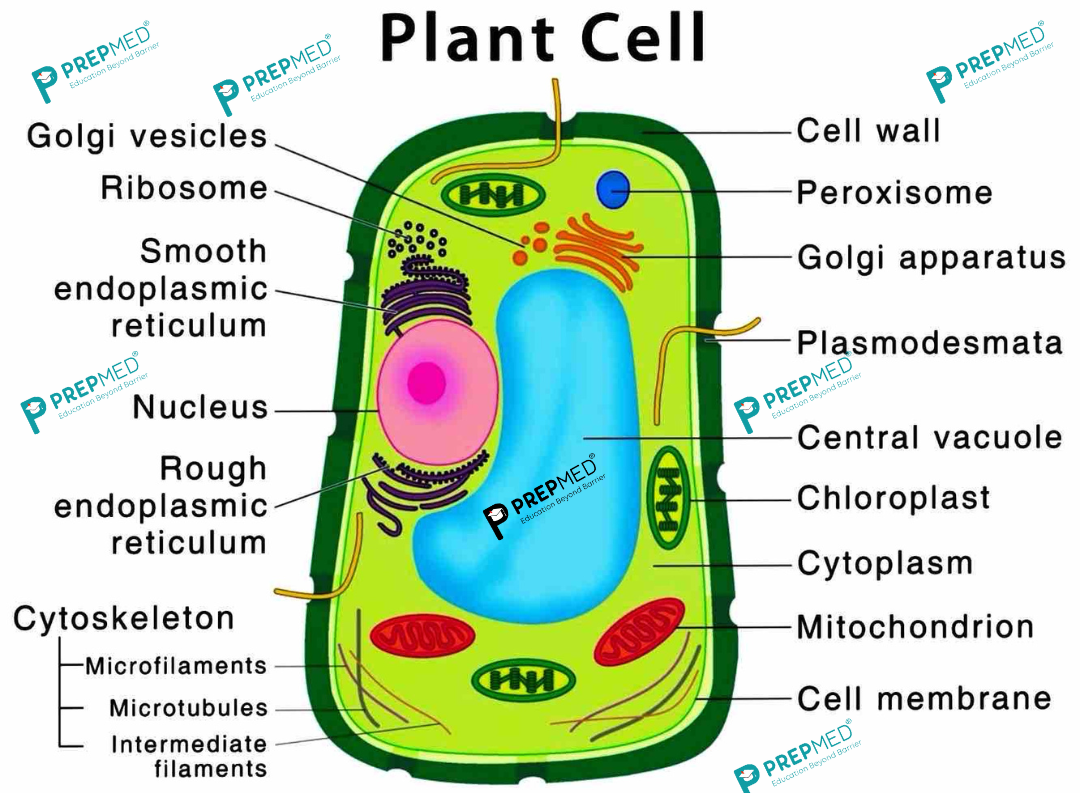
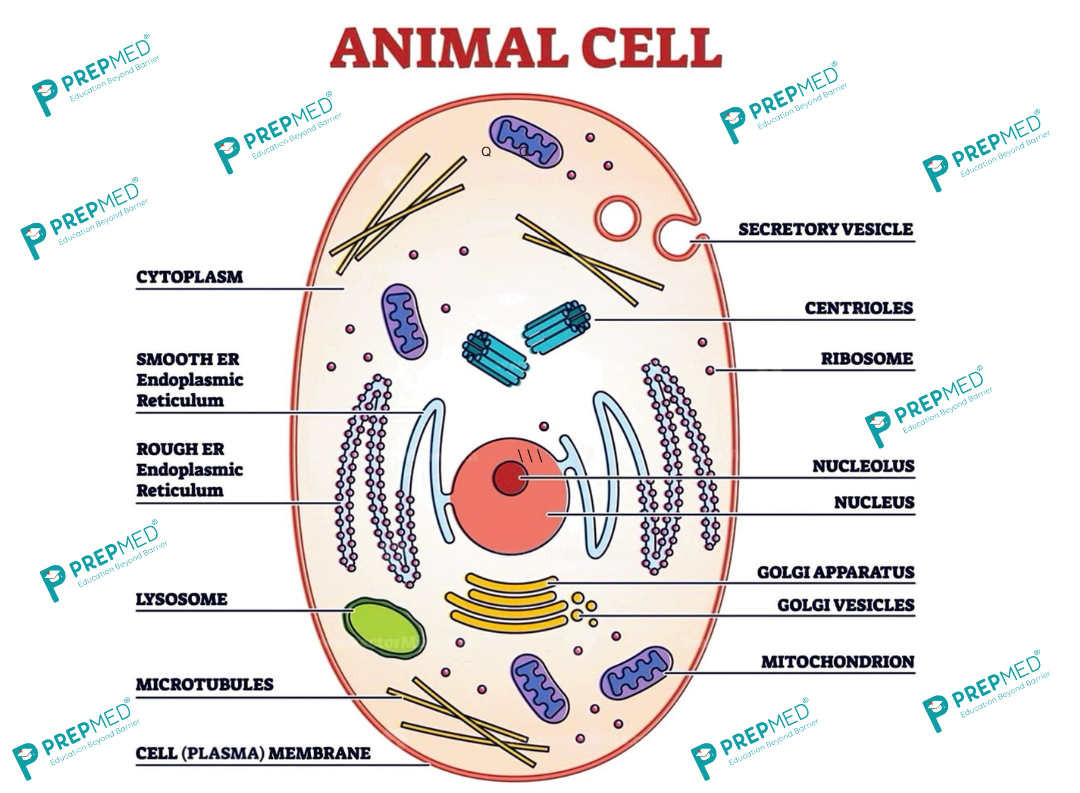
- Structure of Golgi Apparatus and Endoplasmic Reticulum
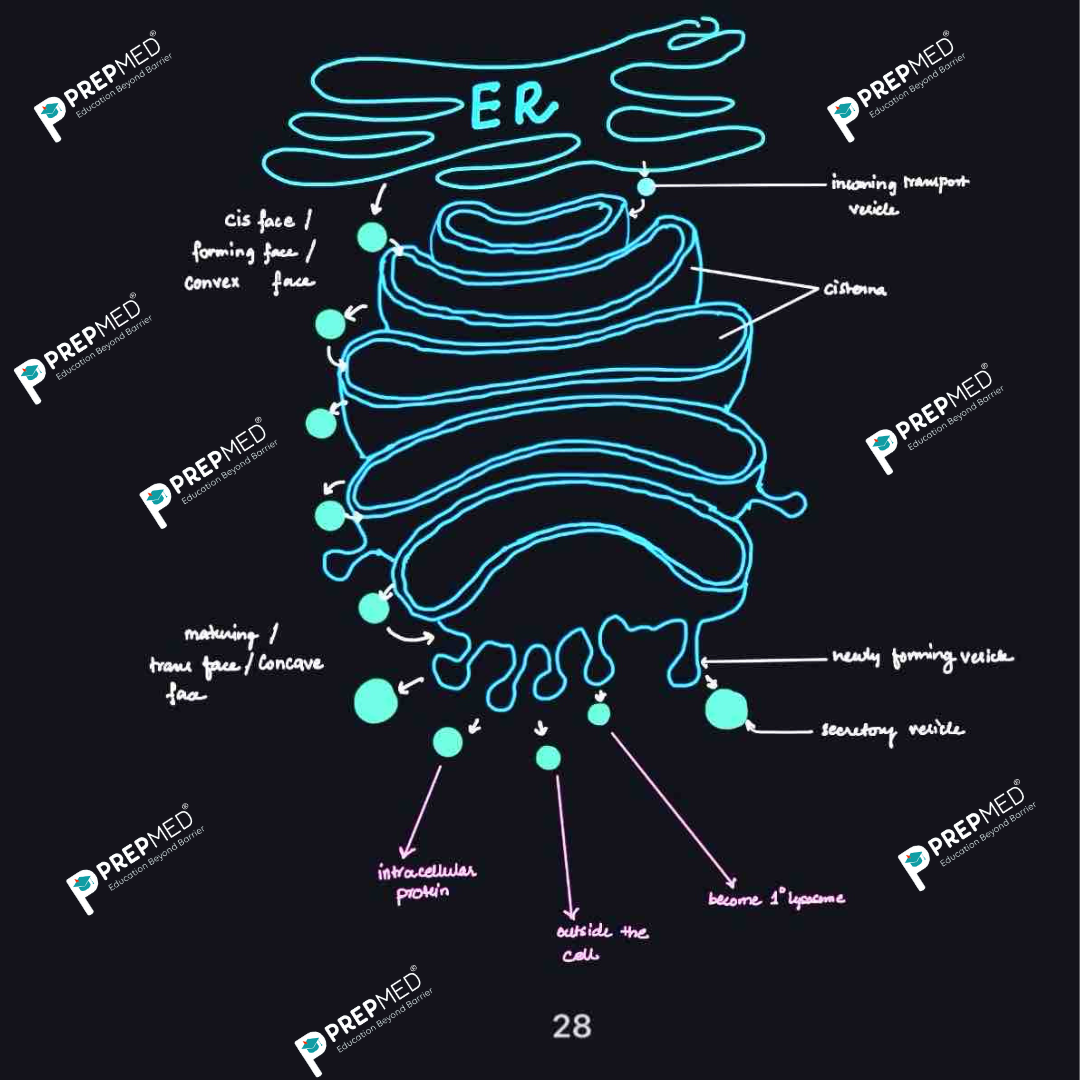
- Structure of Mitochondria
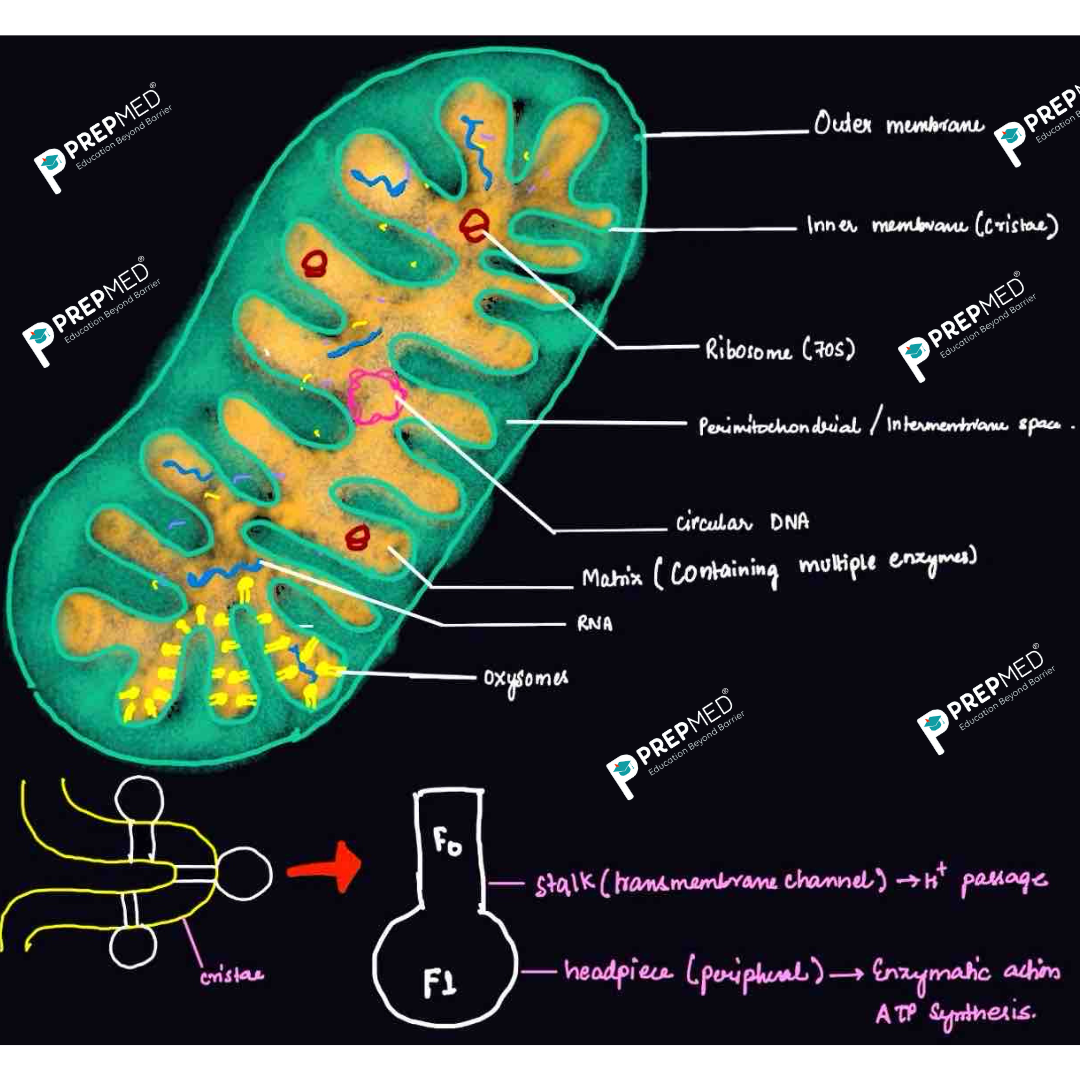
- Sectional view of Chloroplast
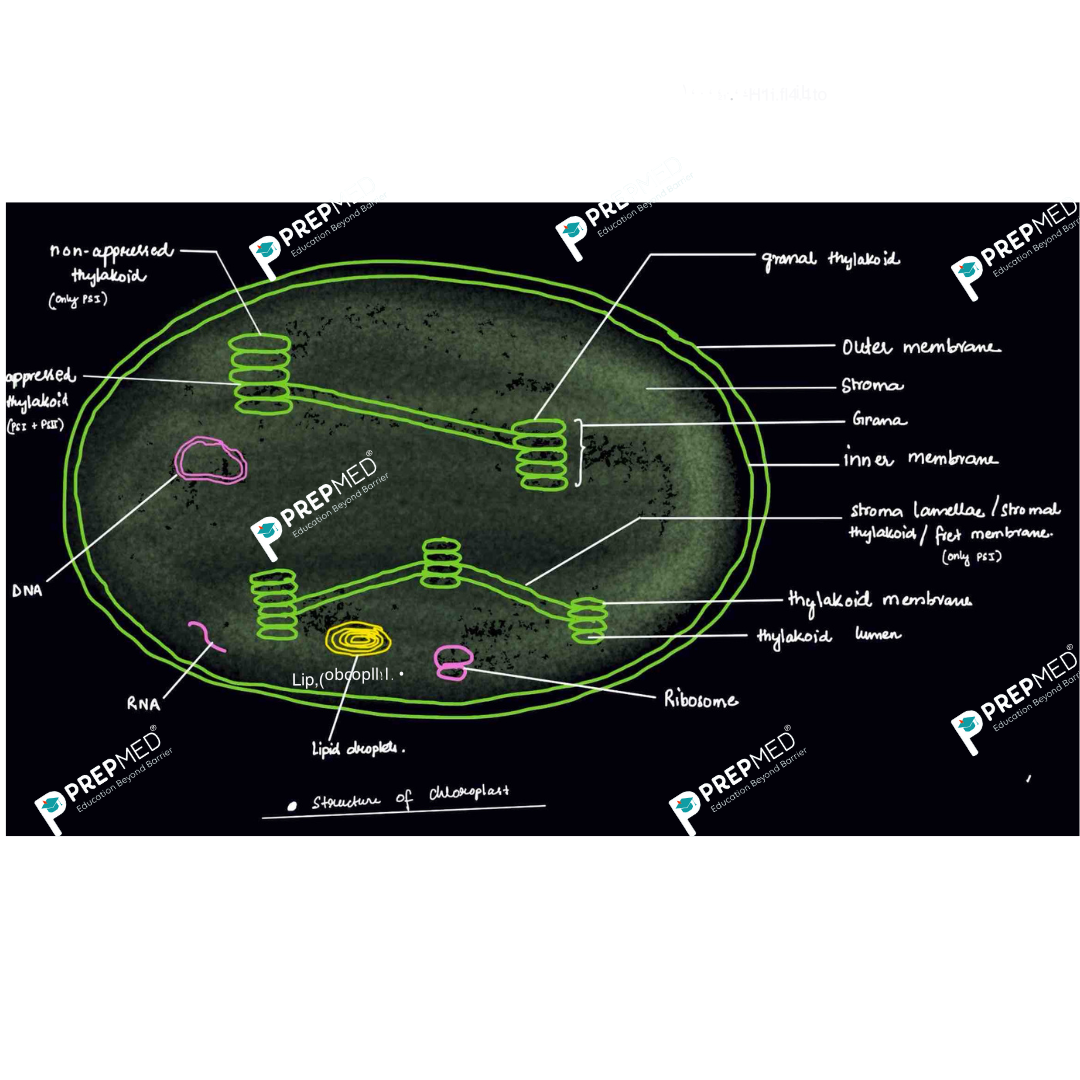
- Diagrammatic Representation of Cilia and Flagella

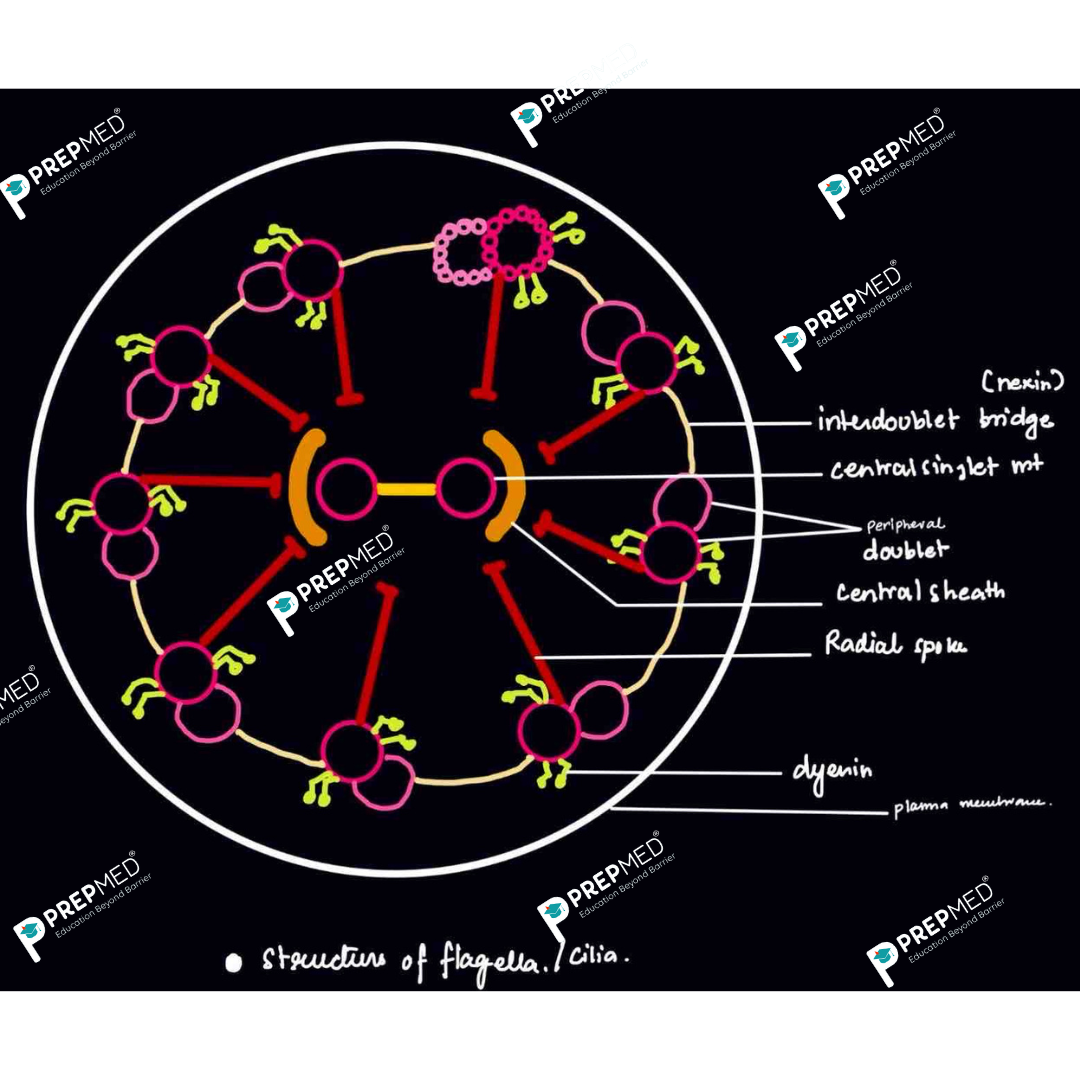
Chapter: Photosynthesis
- Structure of Chloroplast

- Z Scheme of light reaction
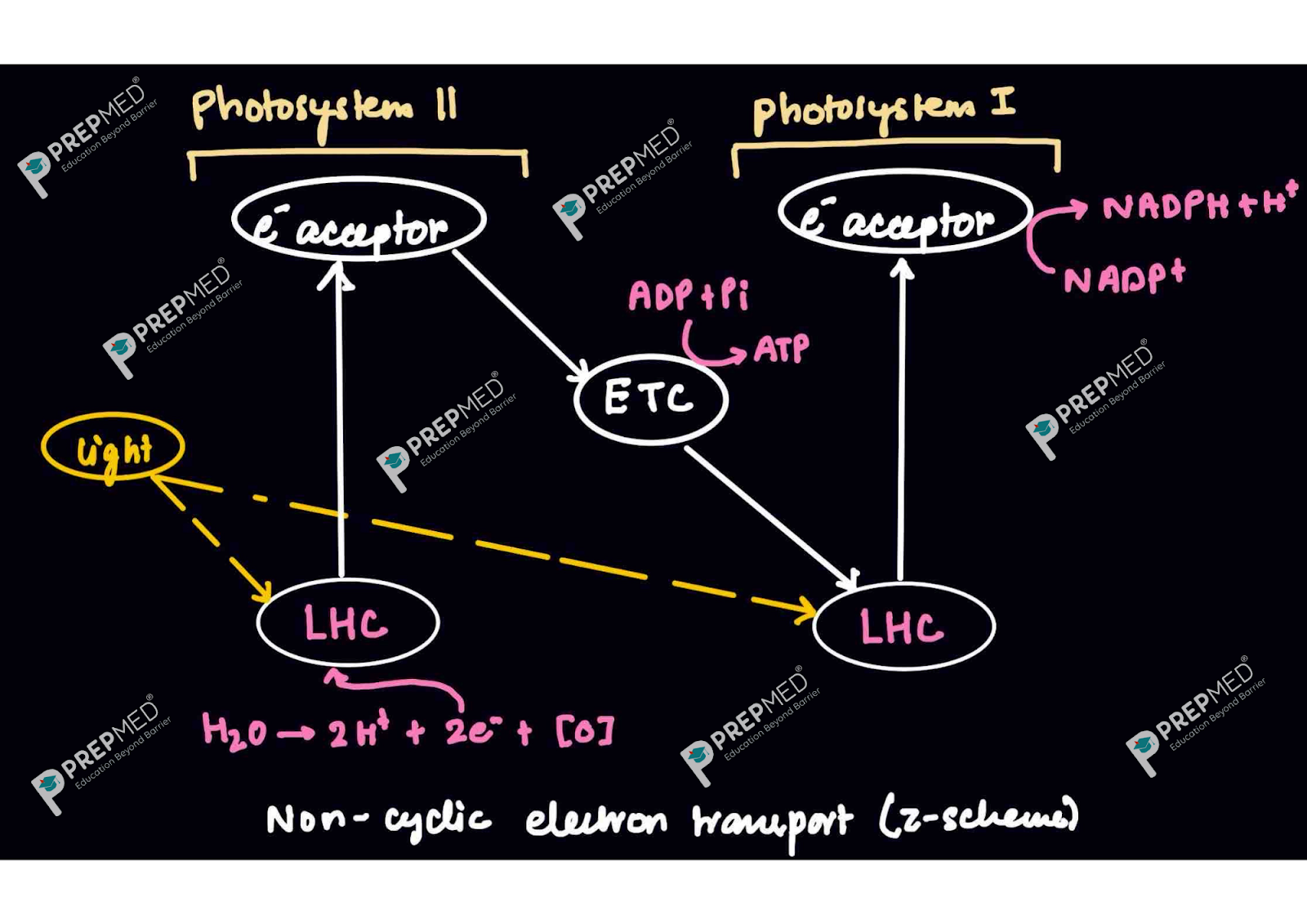
- Chemiosmosis
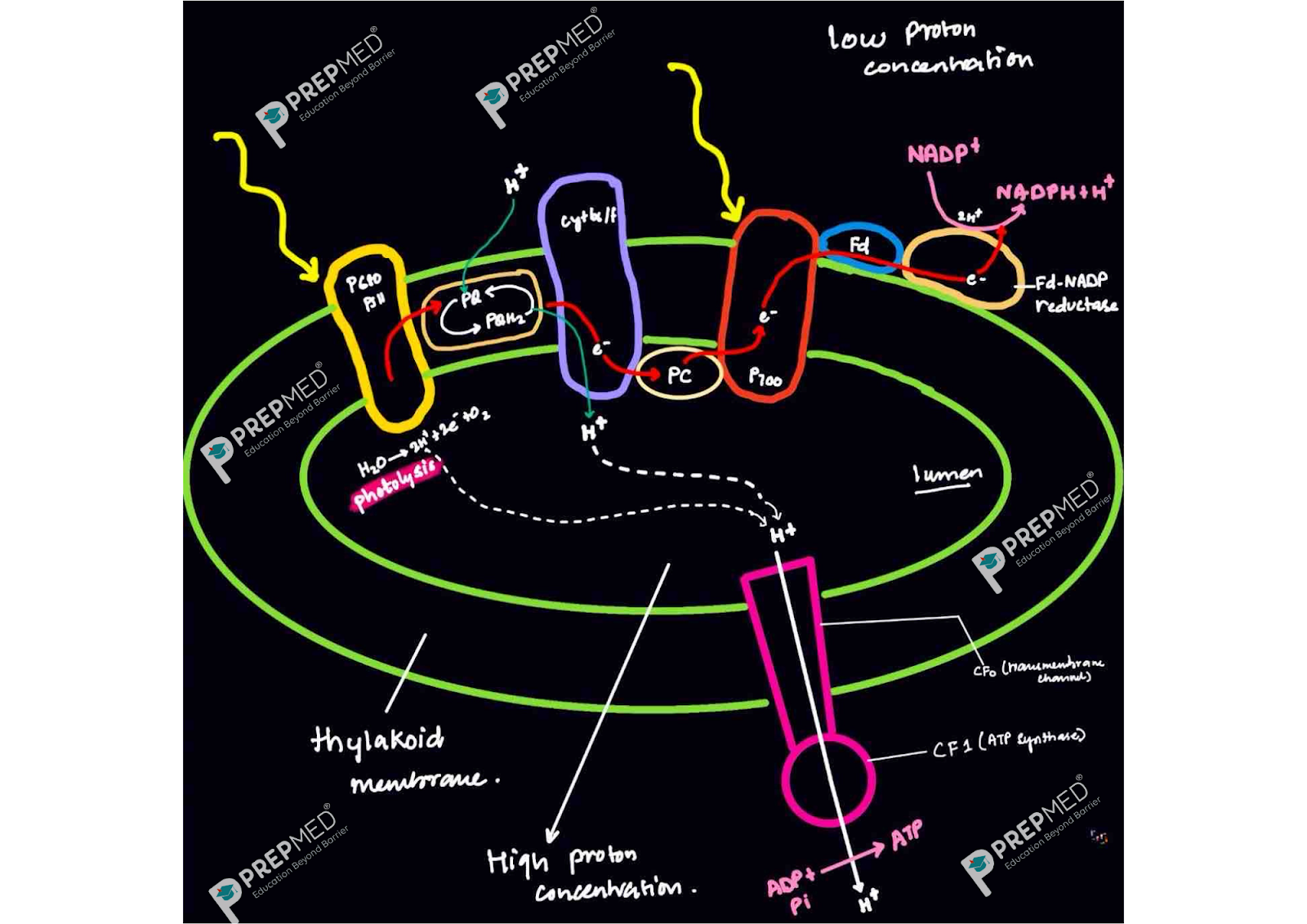
- C3 Cycle
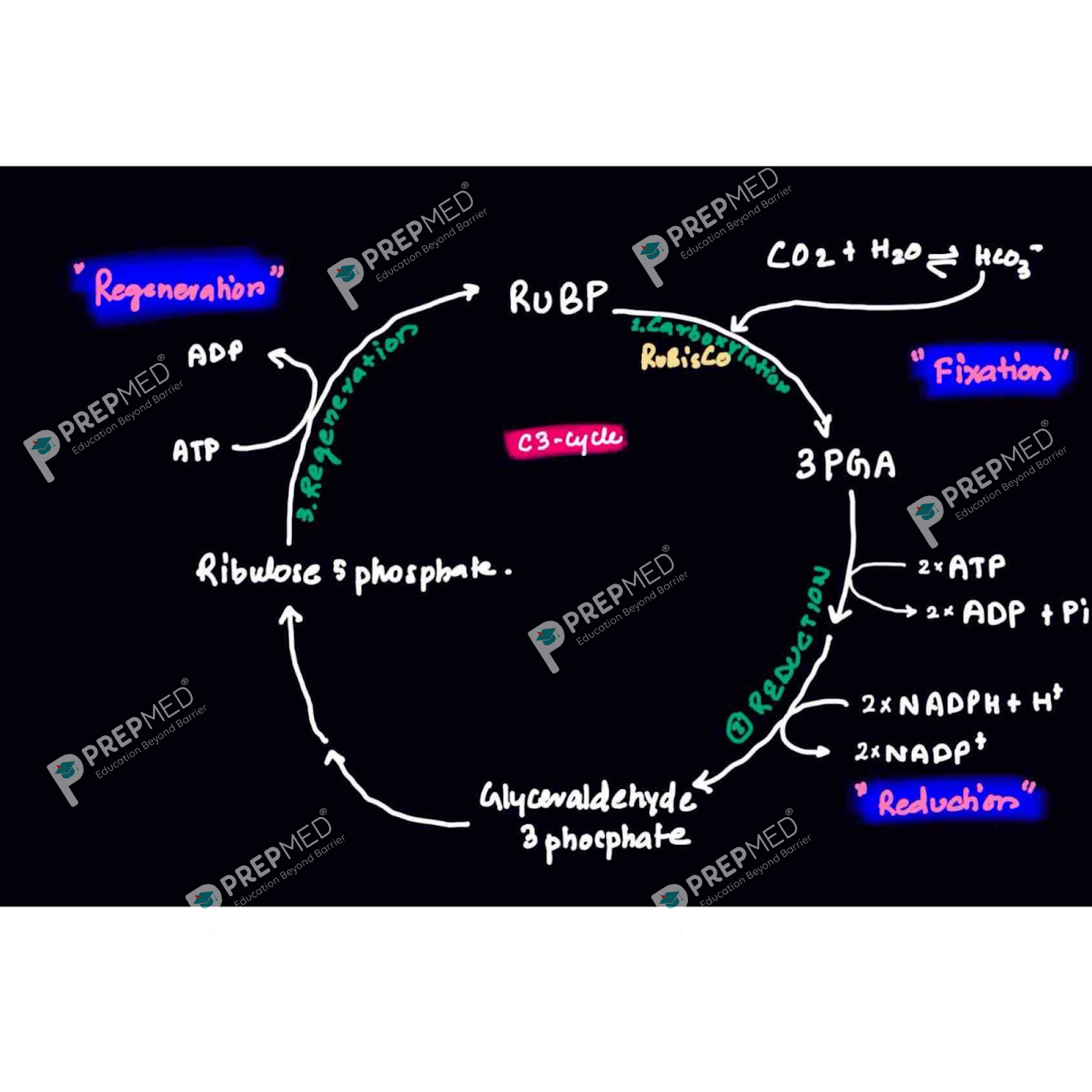
- C4 Cycle
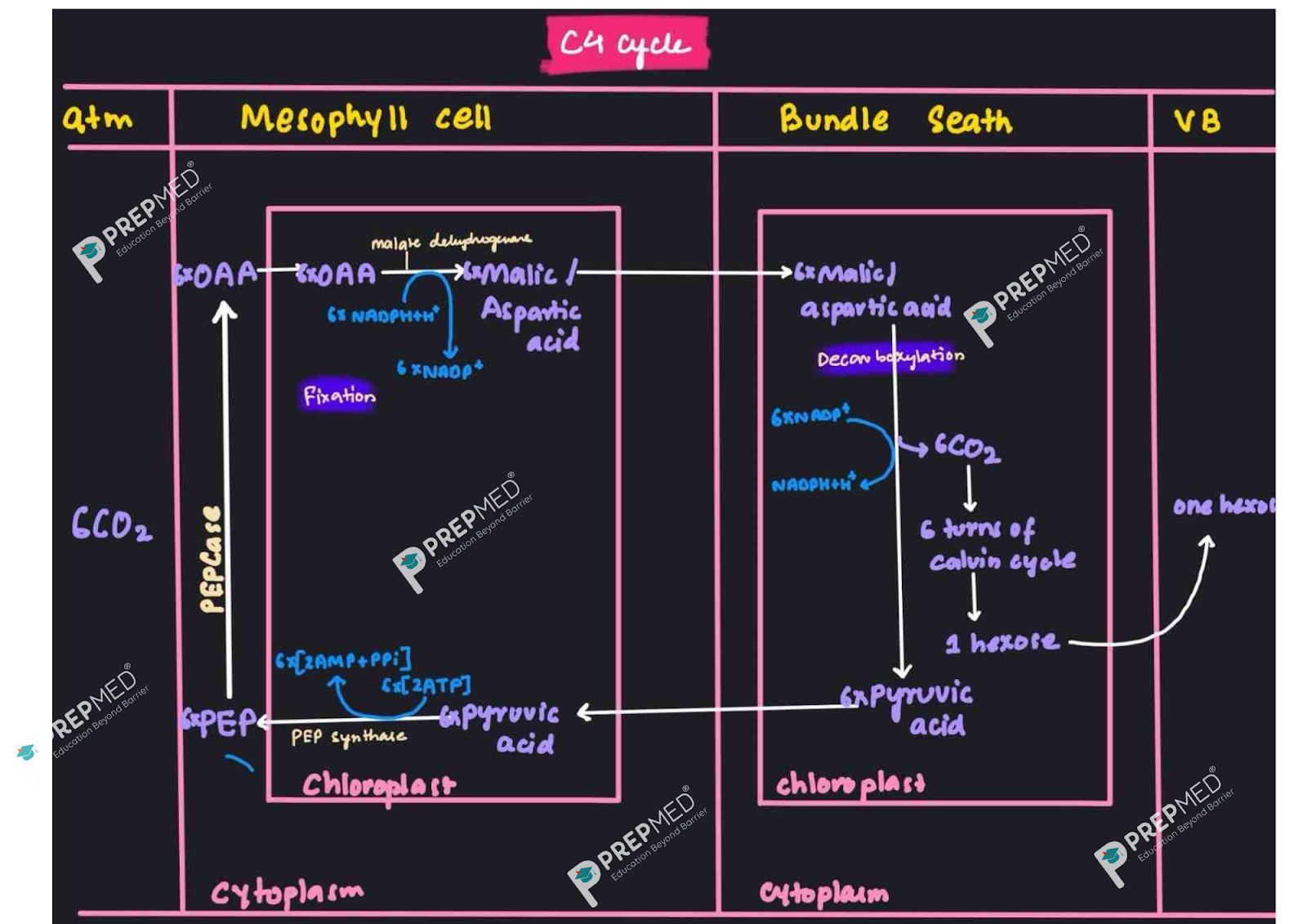
Chapter: Cell Cycle and Cell Division
- Stages of Mitosis
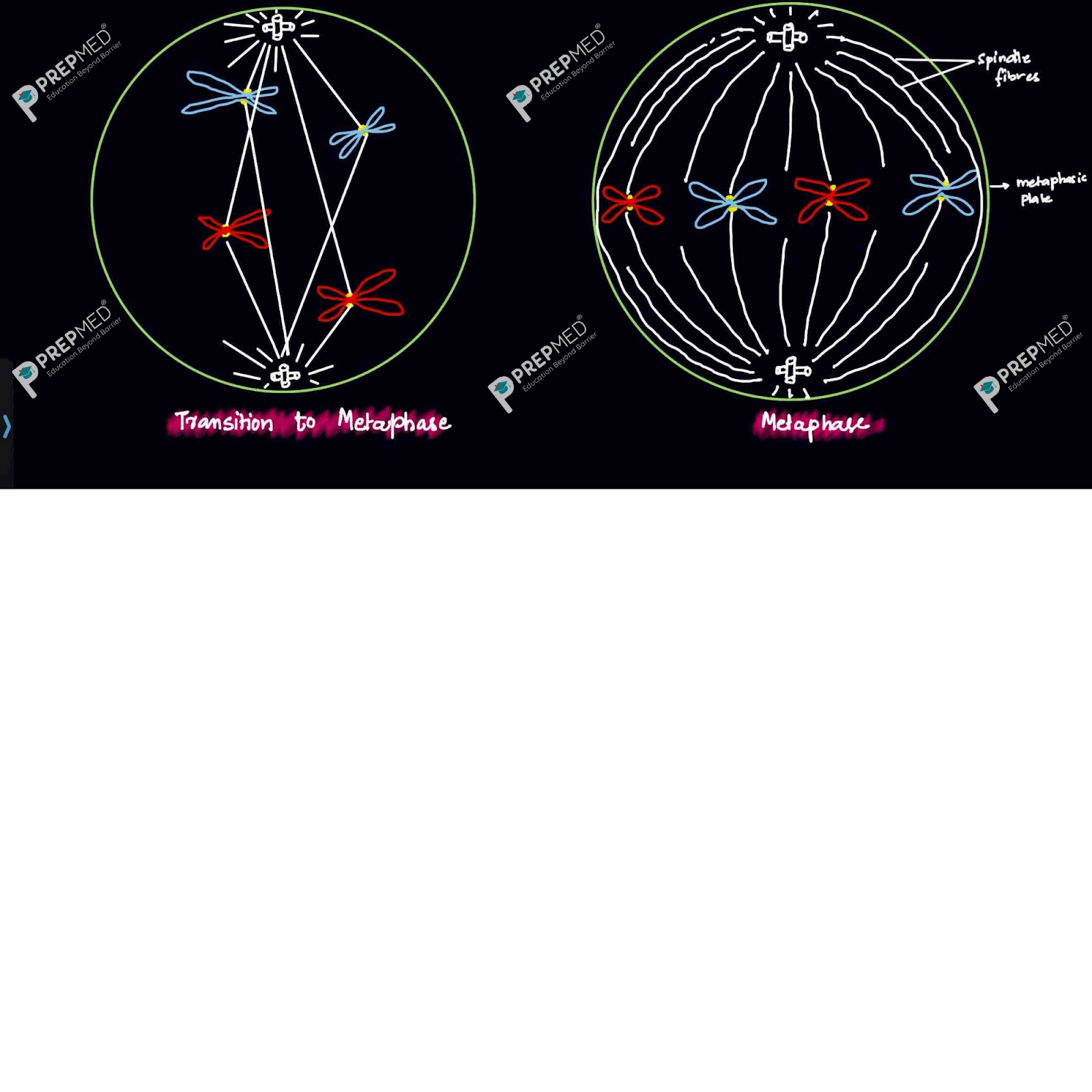

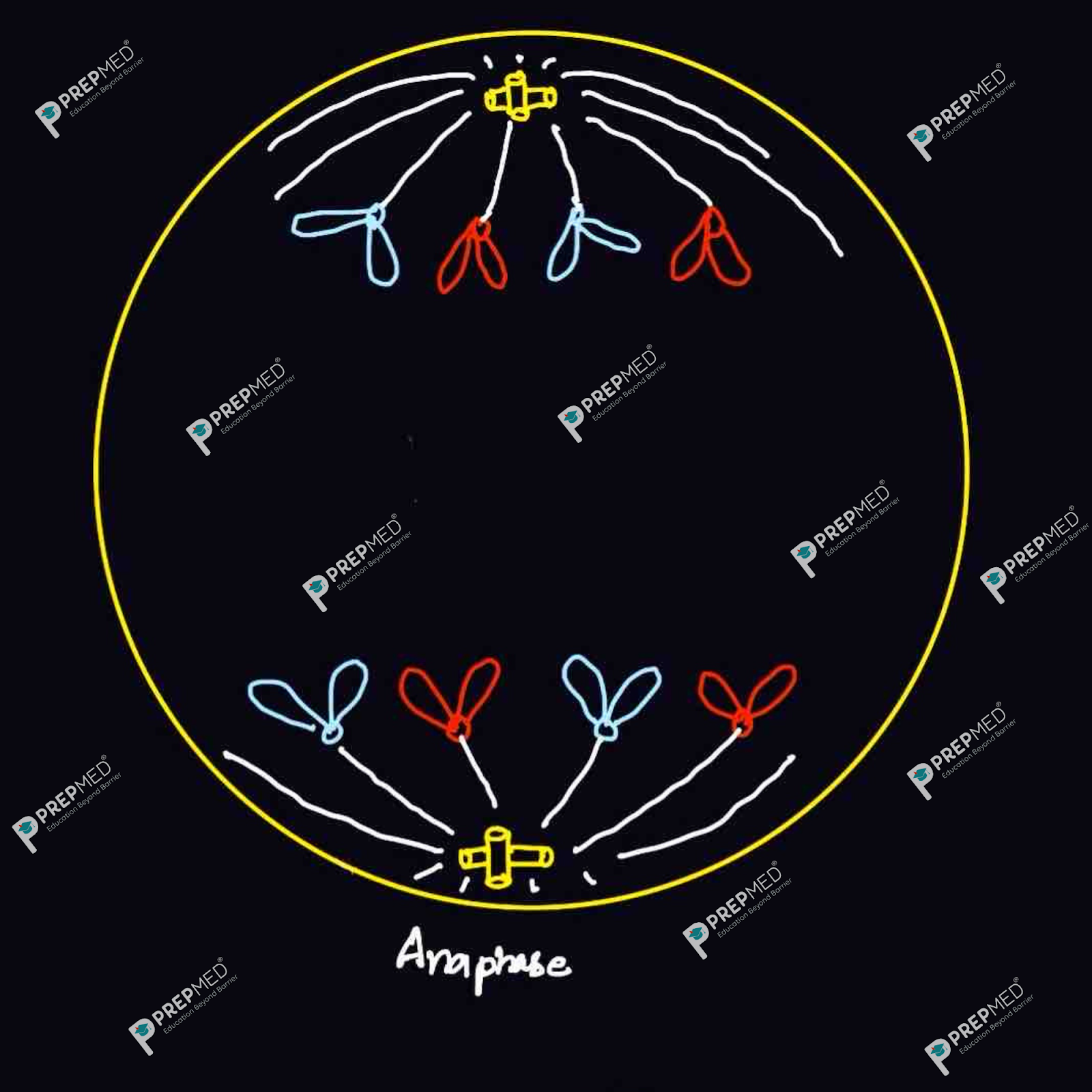
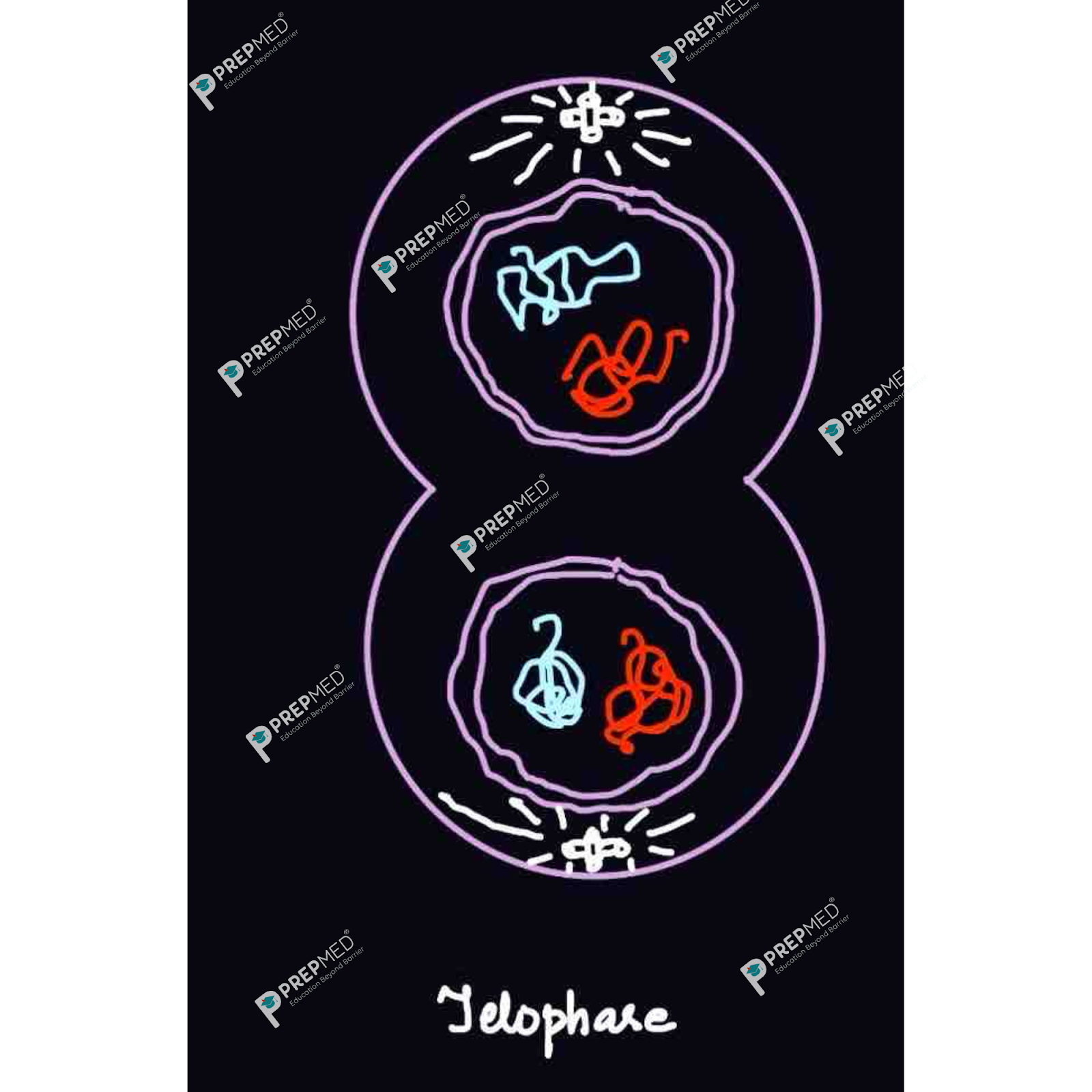
- Stages of Meiosis I
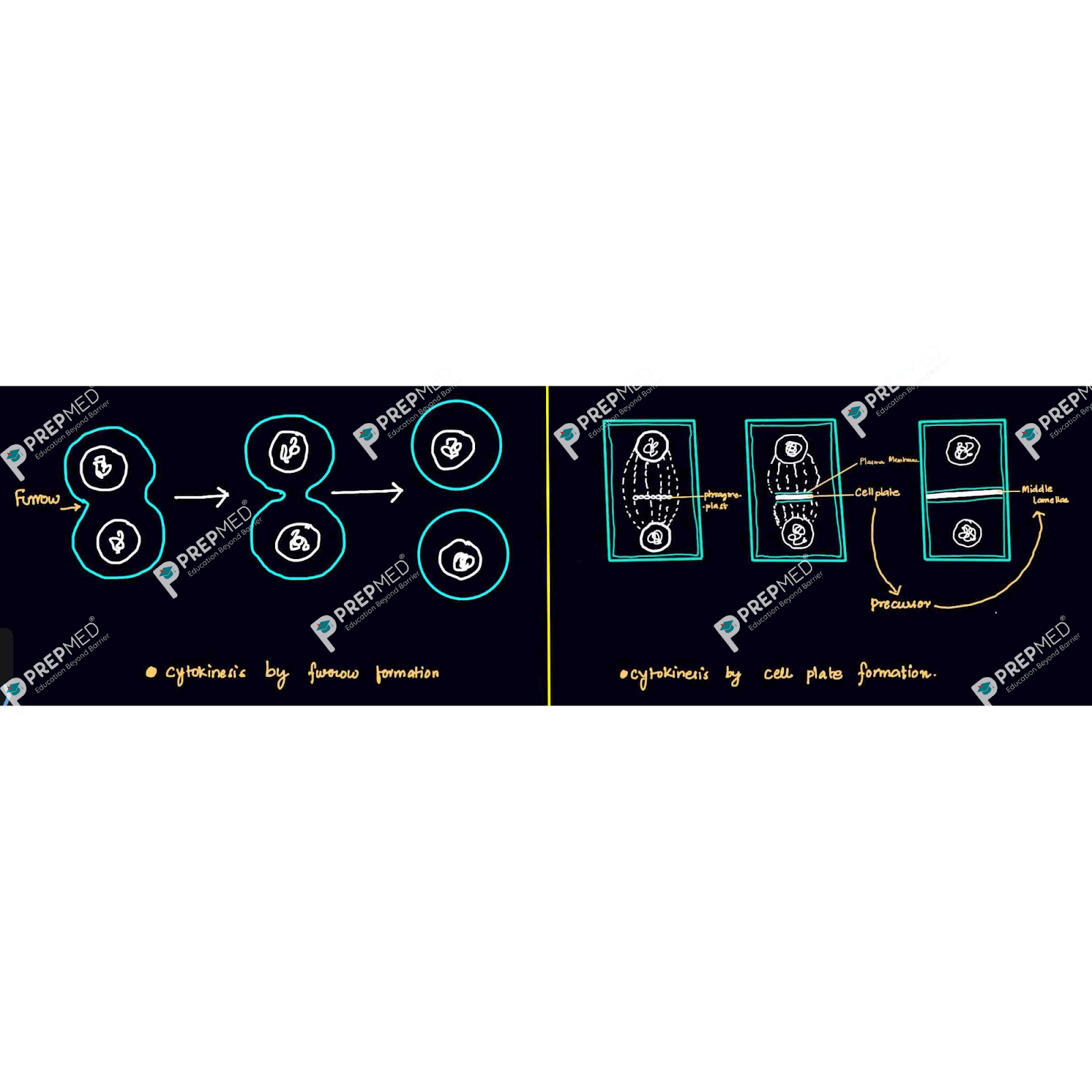
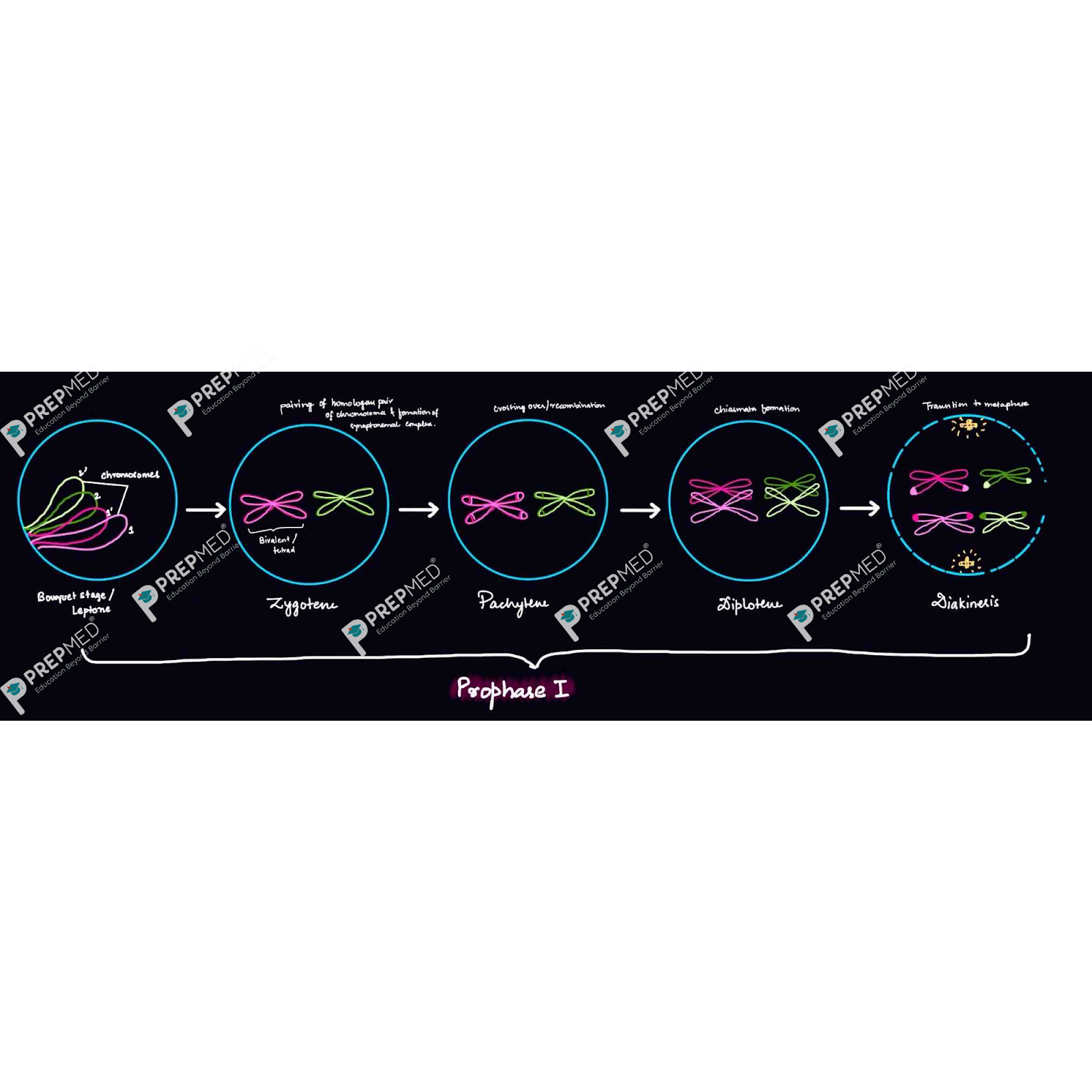
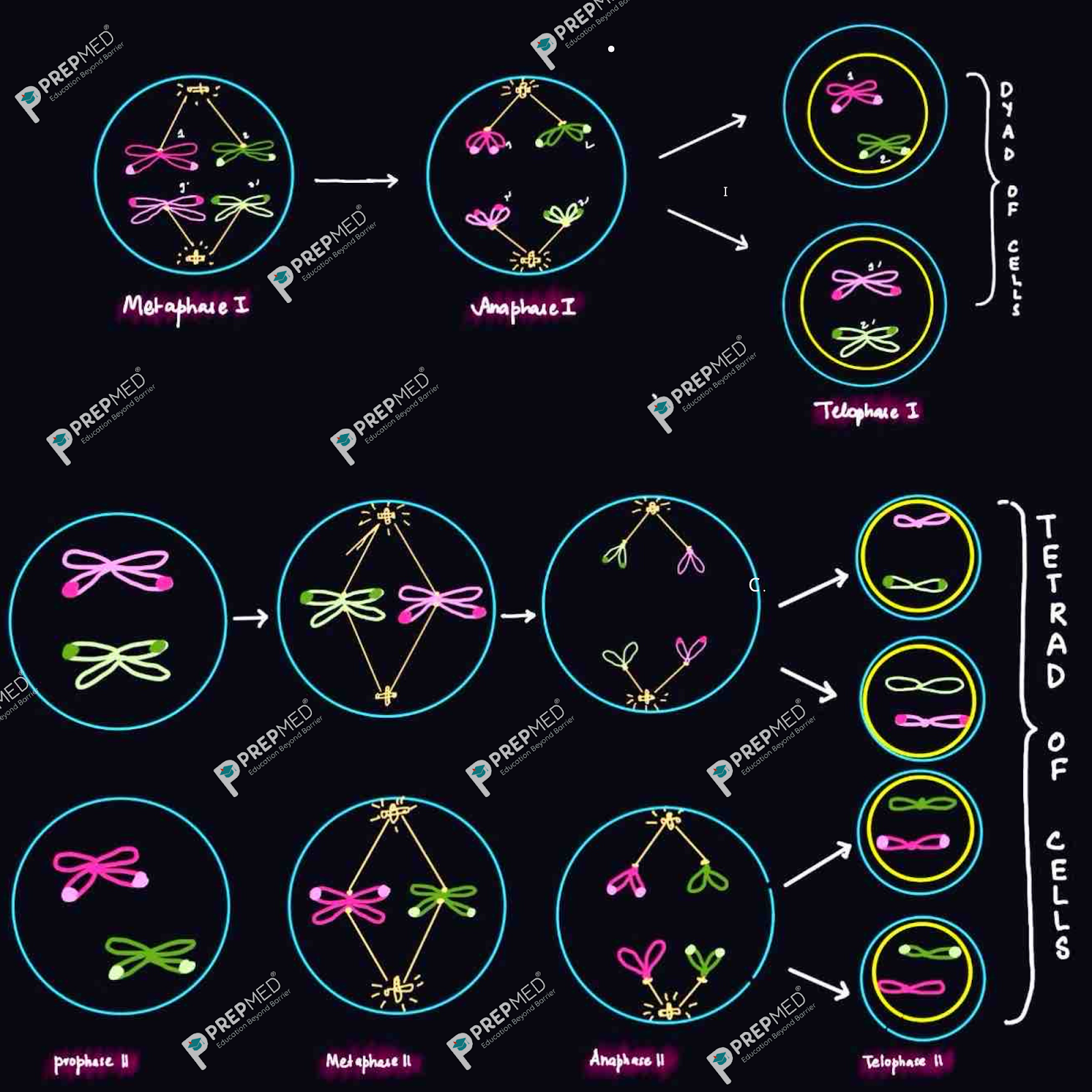
- Stages of Meiosis II
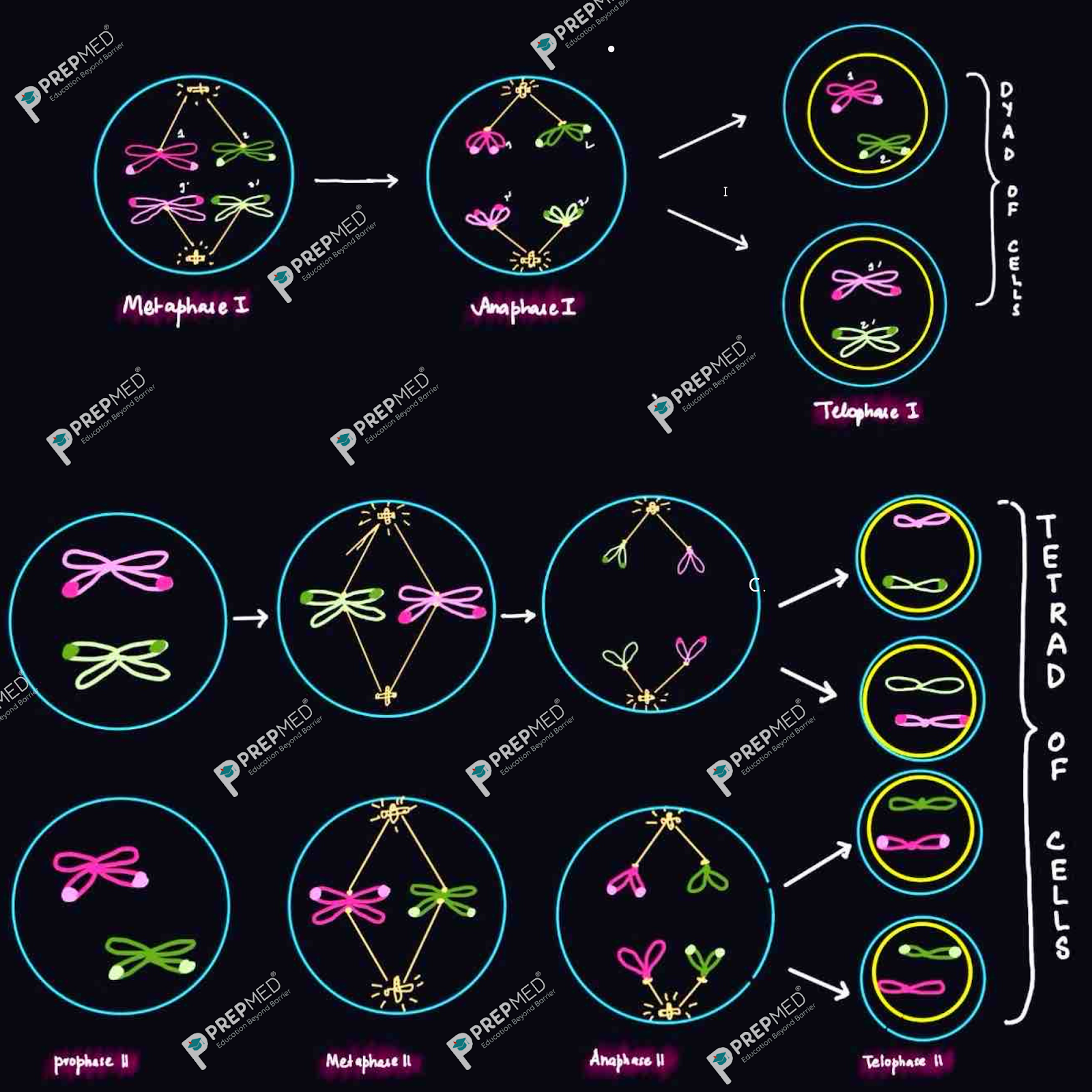
Chapter: Respiration
- Steps of Glycolysis
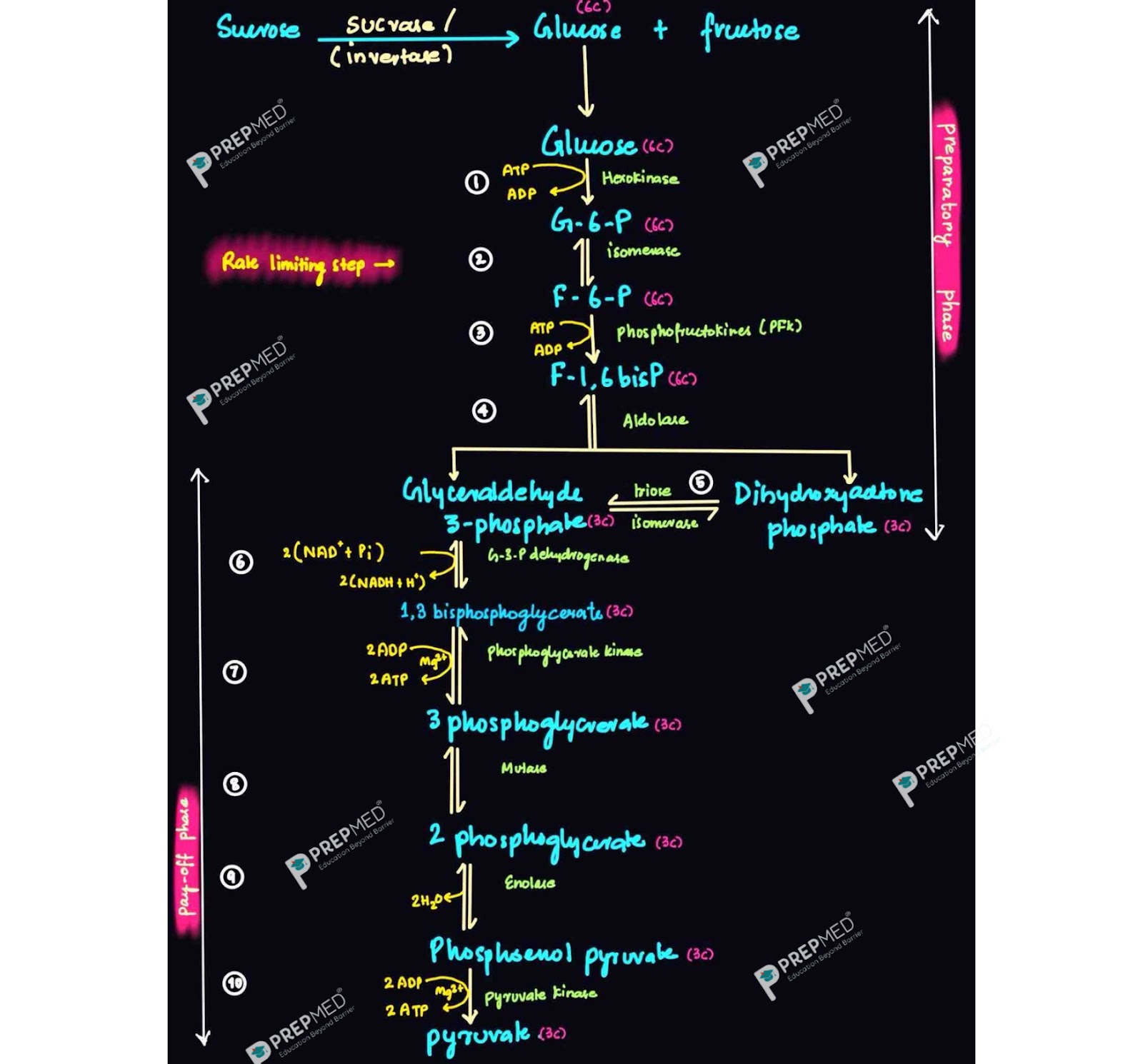
- The Citric Acid Cycle
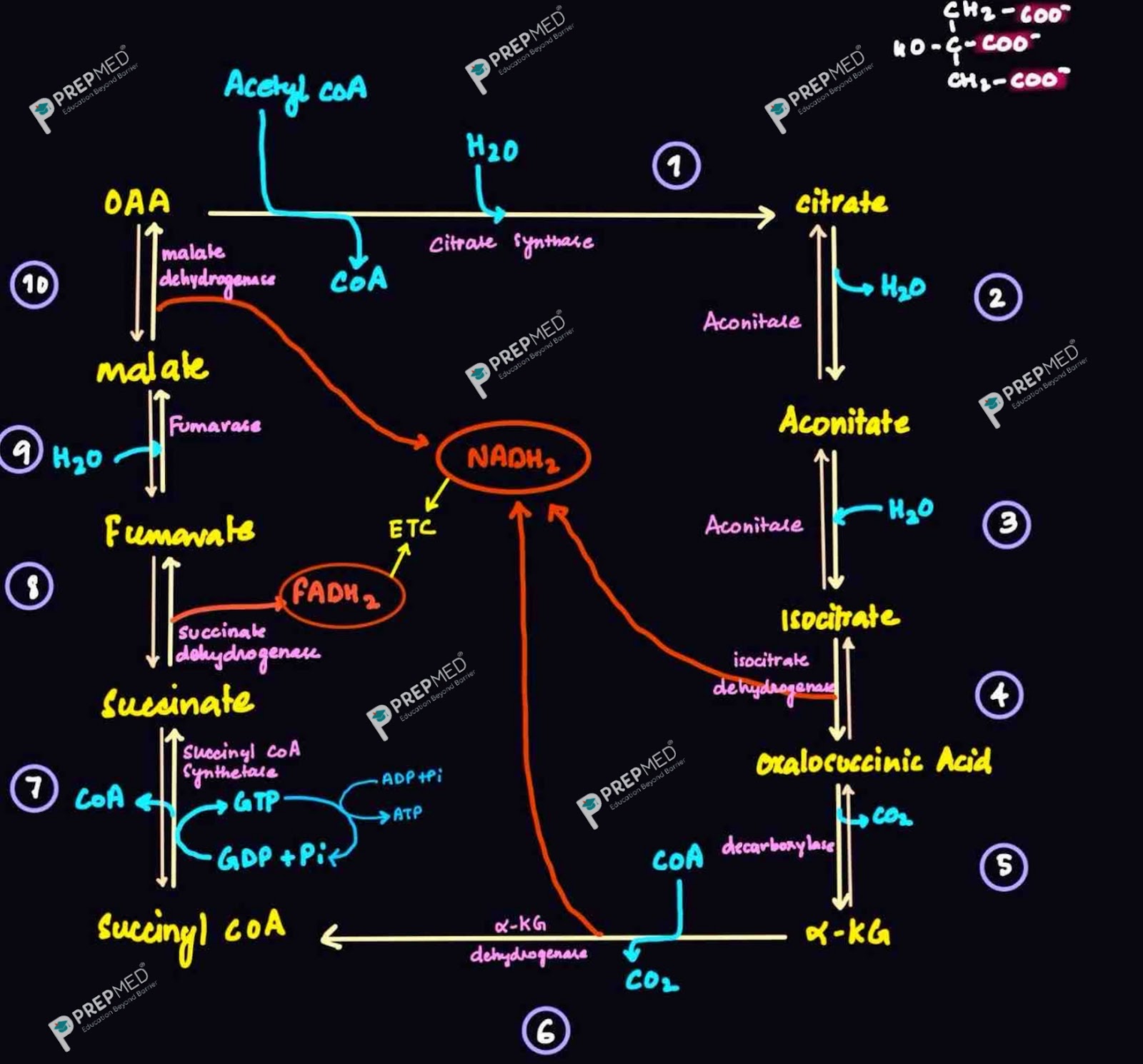
- Electron Transport System

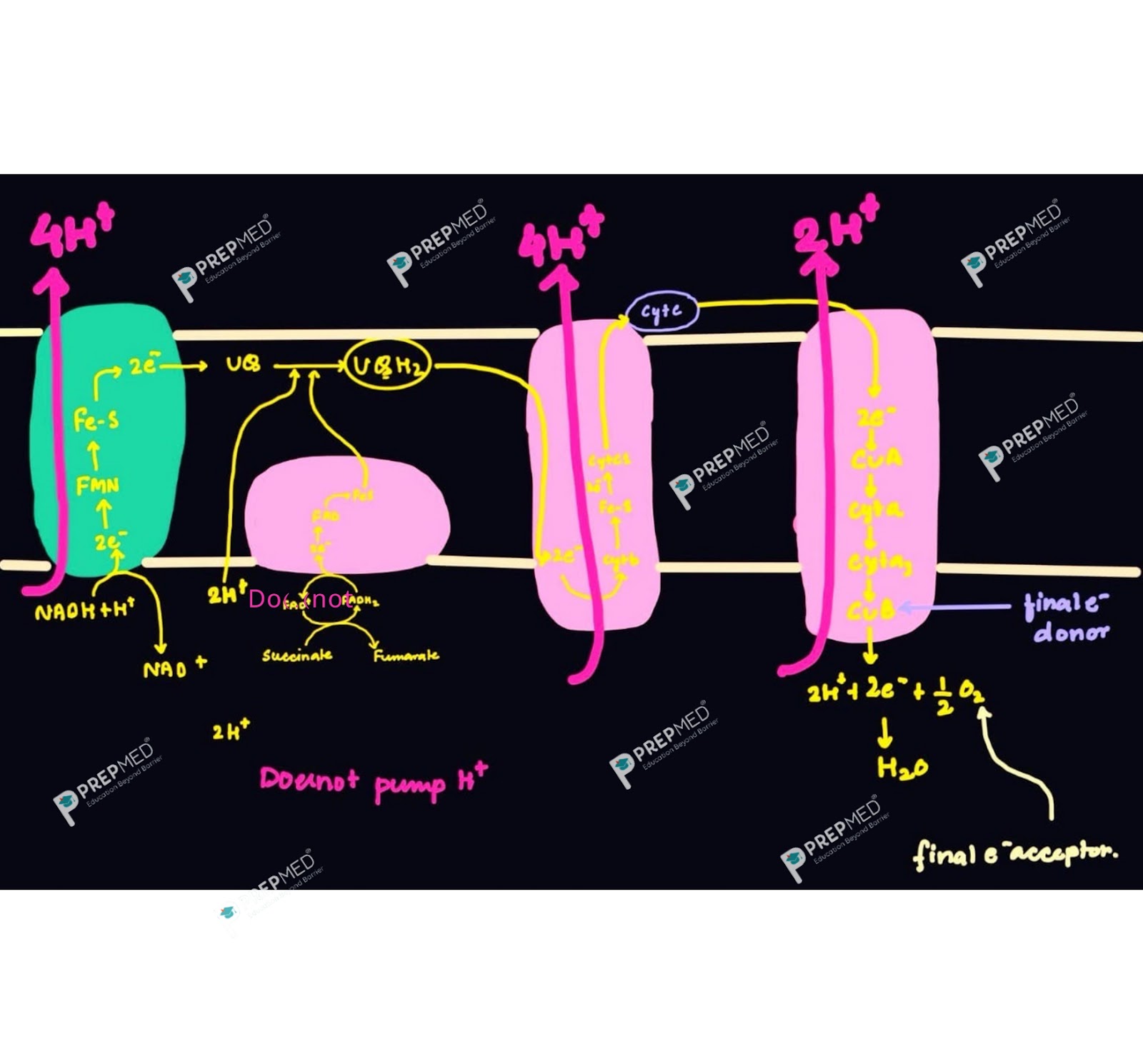
Chapter: Plant Kingdom
- Bryophytes
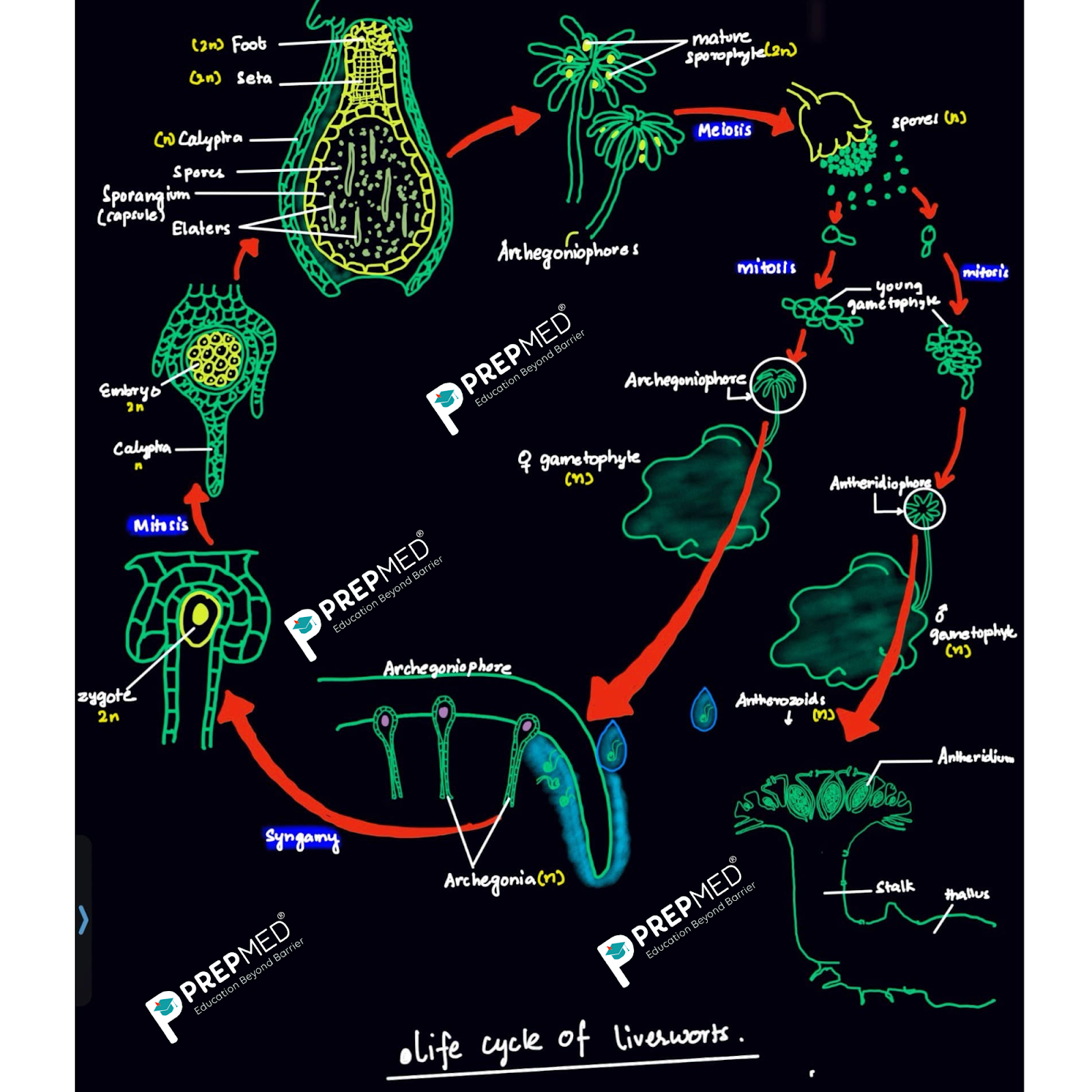
- Pteridophytes
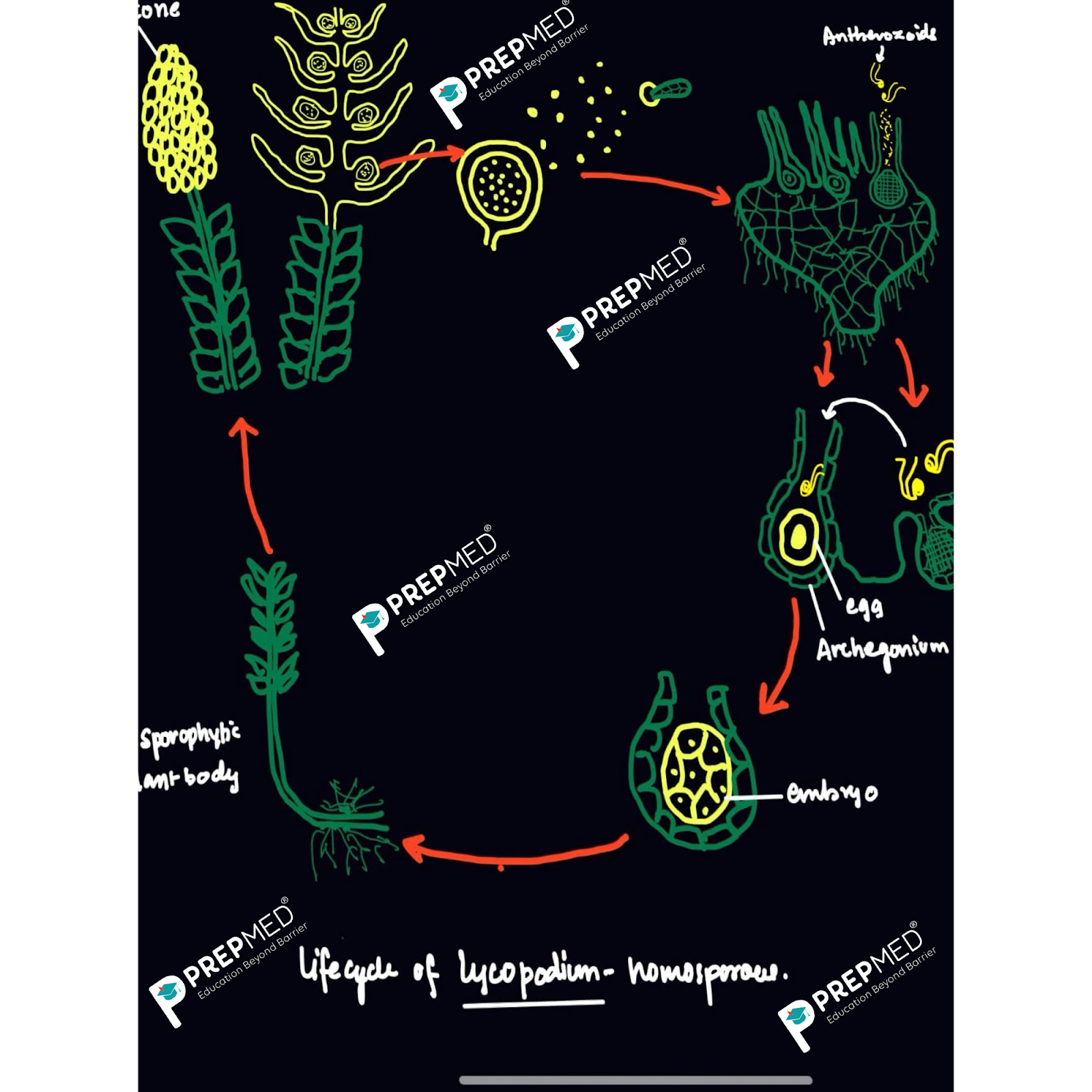
Chapter: Morphology of Flowering Plants
- Regions of Root Tip

- Various flowers based on the position of Ovary
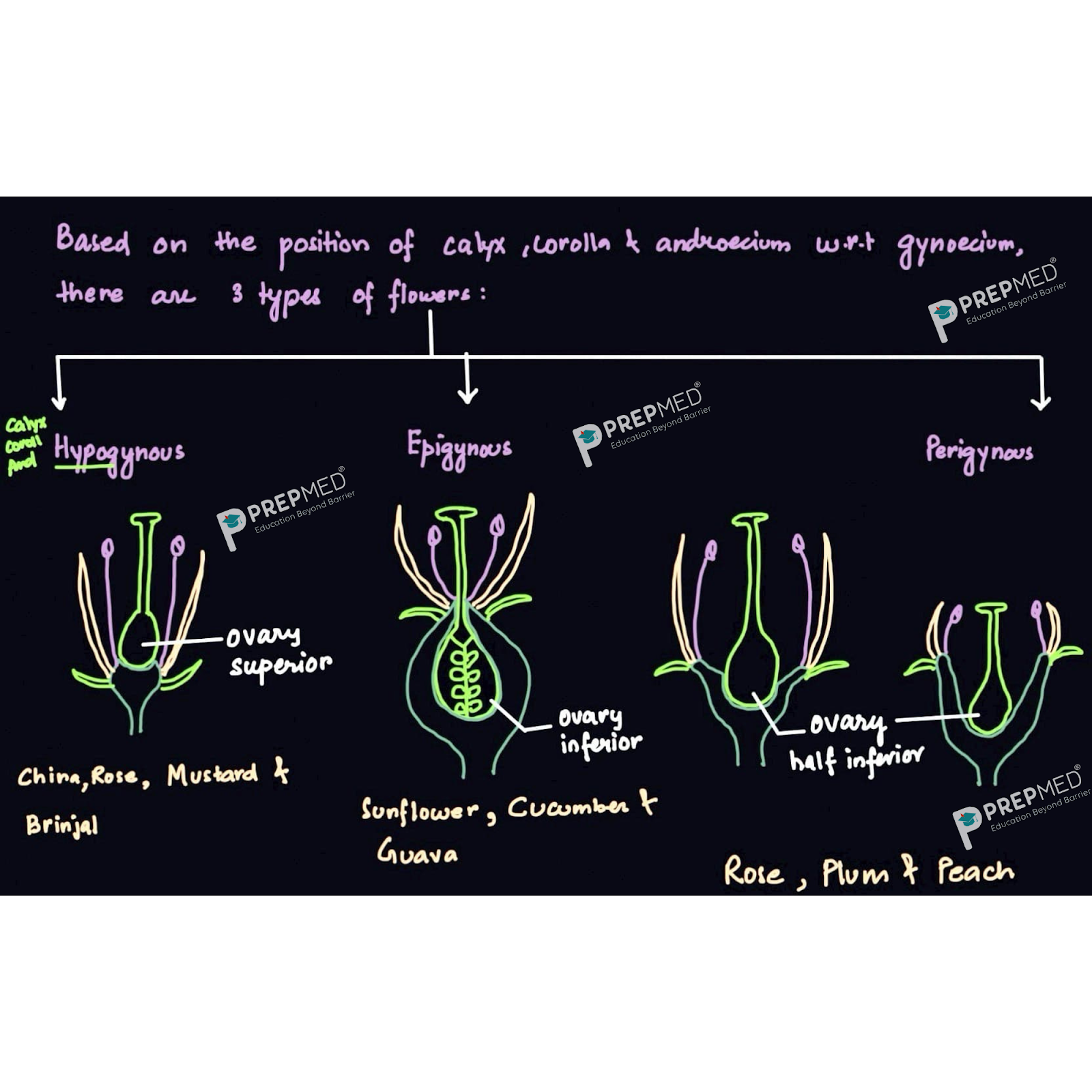
- Types of Placentation
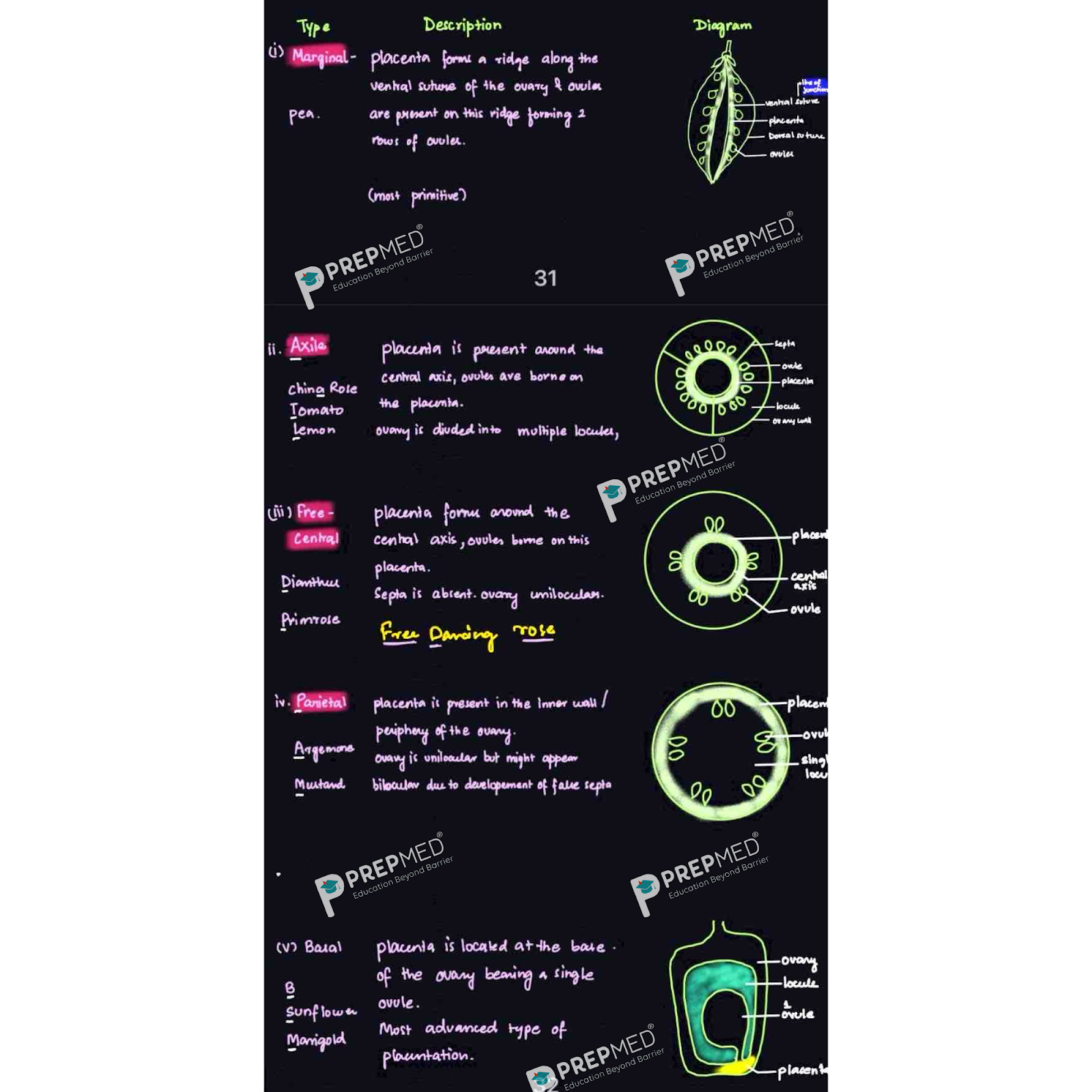
- Structure of Monocot and Dicot Seeds


Chapter: Anatomy of Flowering Plants
- Diagrammatic Representation of Stomata
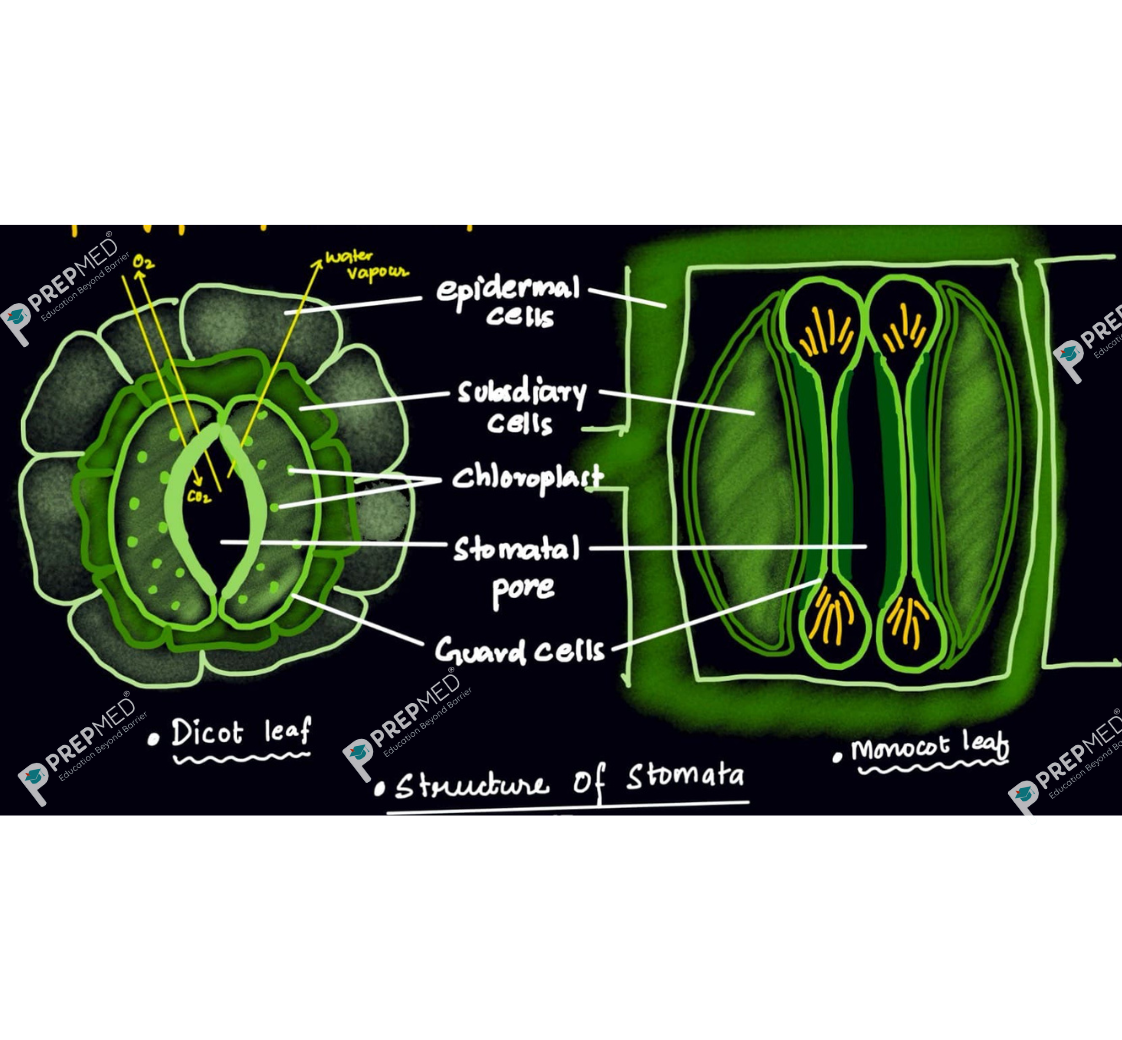
- Various types of Vascular Bundles

- T.S. of Dicot and Monocot Root

- T.S. of Dicot and Monocot Stem
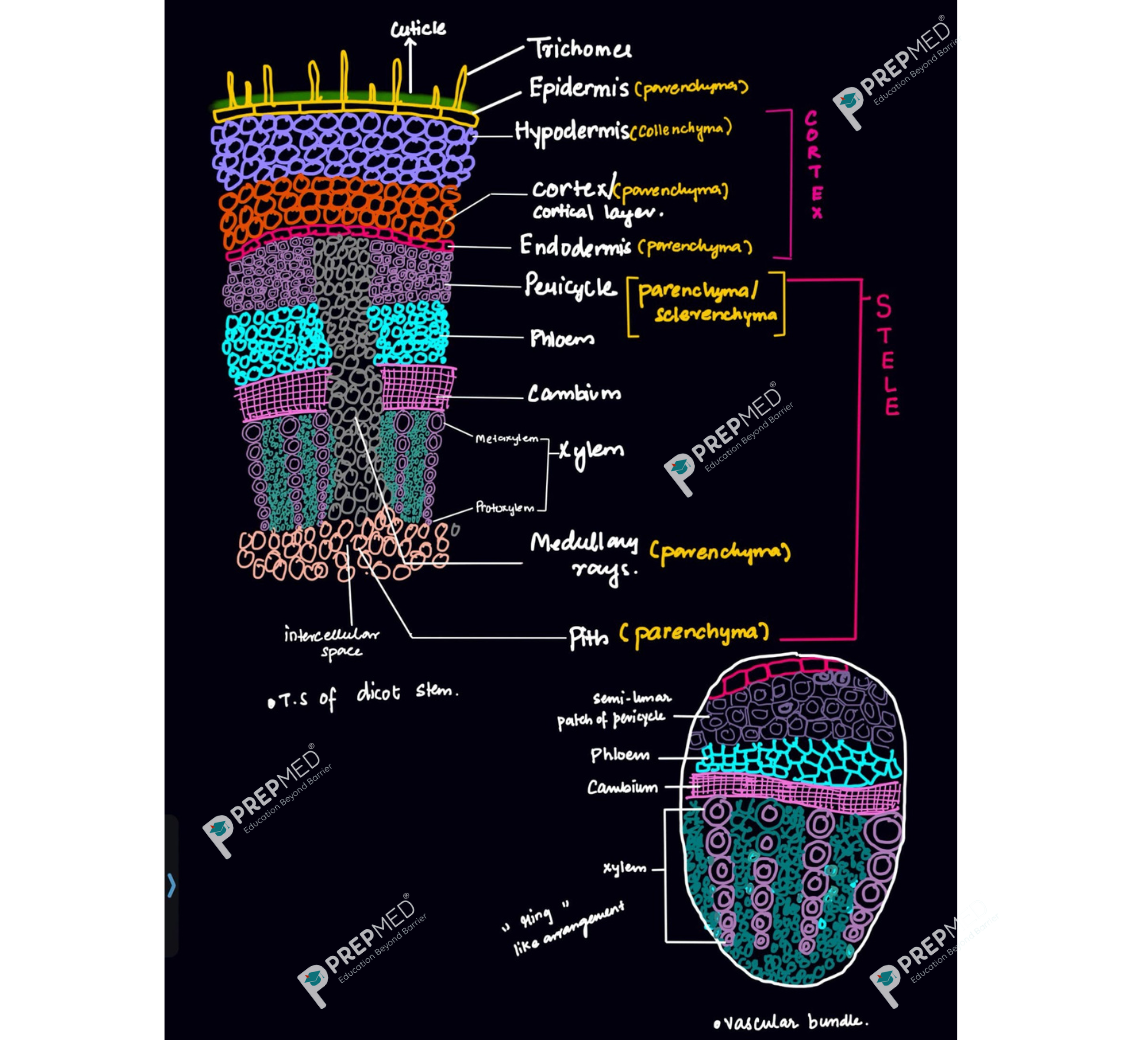
- T.S. of Dicot and Monocot Leaf

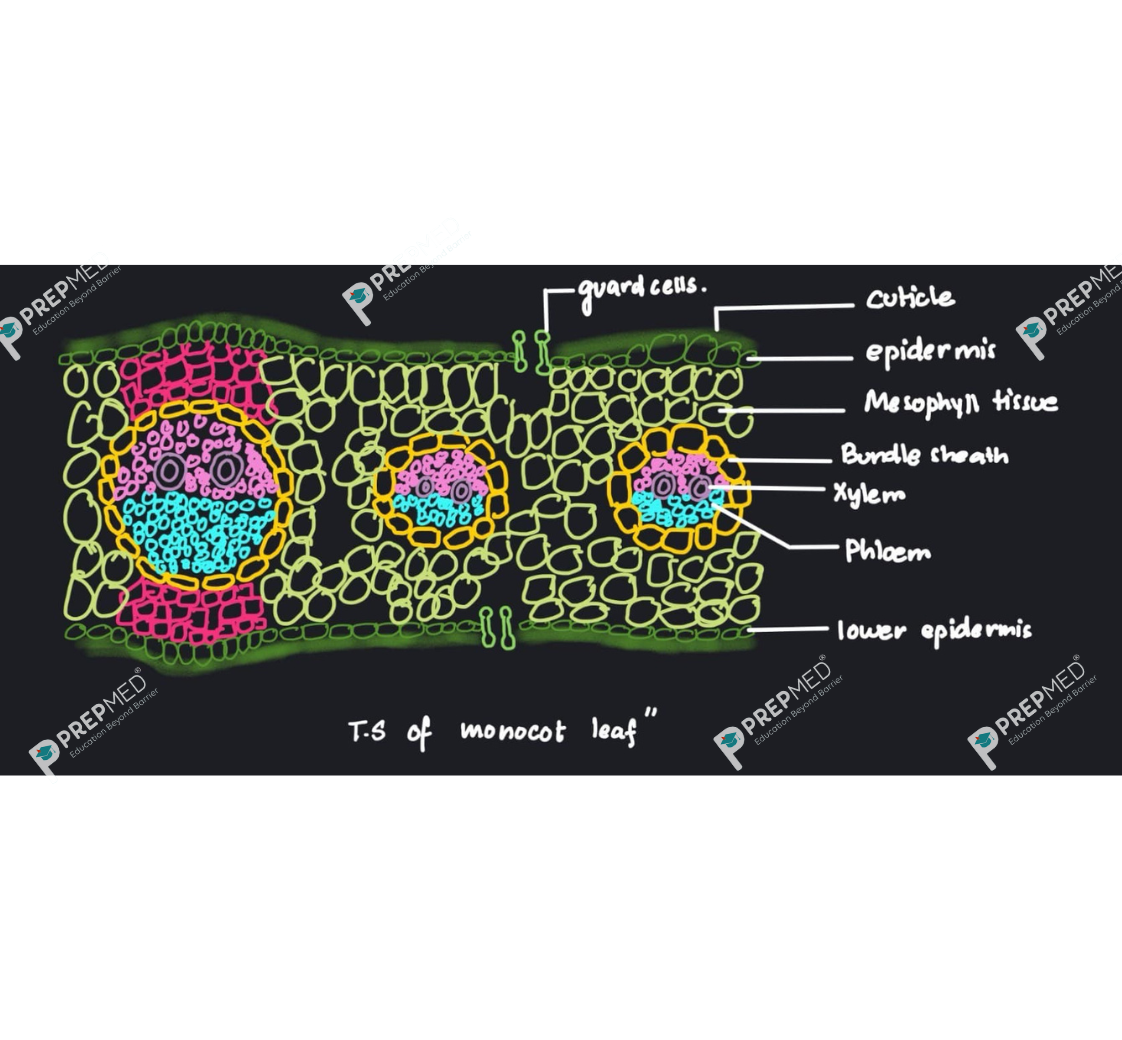
Why are Diagrams Important for Class 11 NEET Biology?
The use of diagrams proves crucial for Class 11 NEET Biology because of these important factors:
- Better Learning Dynamics: Students who practice diagrams while preparing for NEET gain a better understanding of complex biological subjects because these images create a visualization that facilitates memory retention. For example, diagrams of the cell structure provide students with a better understanding of the chapter.
- Improved memory retention: Visual aids like diagrams help in maintaining their recall ability more effectively when students need to remember information during exams. When we see a diagram, our brain stores it as a visual memory which leads to better information retention.
- Focused exam preparation: Students preparing for NEET exams should focus on understanding diagram-based questions. Practicing questions based on diagrams can prove beneficial during your NEET exam preparation.
- Enhanced Conceptual Clarity: The Botany Diagrams of Class 11 provide clear explanations of various complex processes through organized sequential instructions. Step-by-step diagrams provide clearer understanding of concepts such as photosynthesis and cell division.
- Aids in Faster Revision: Students can use diagrams to conduct rapid revision of important concepts. The diagram helps you remember the complete concept at a glance instead of spending time reading long paragraphs.
